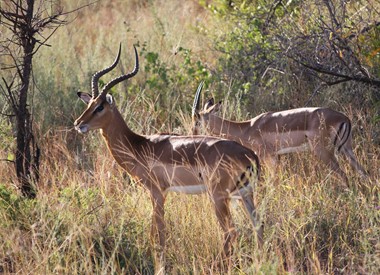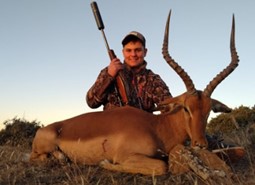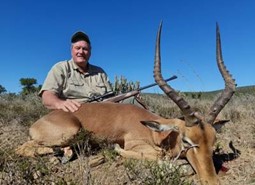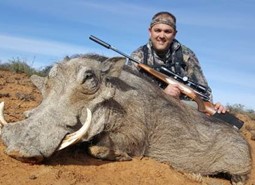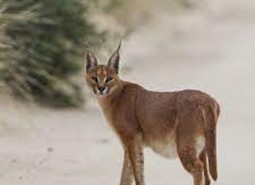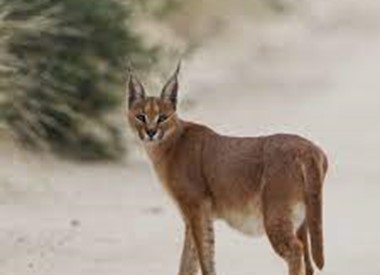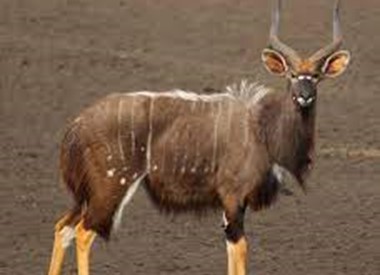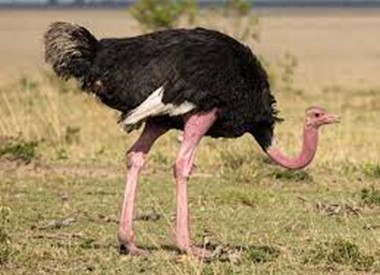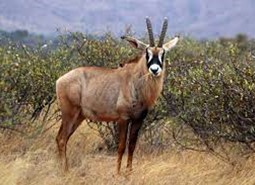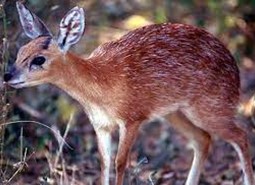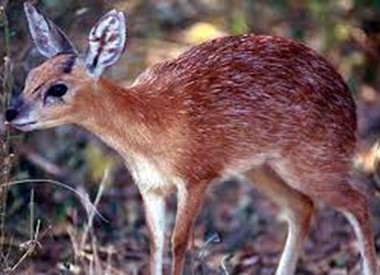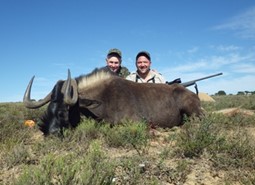Our Species
We have a large variety of species available.
Hunting was first recorded in South Africa by the arrival of Jan van Riebeeck in 1652 with its sole purpose being to protect the crops that the people had planted. Trophy hunting in South Africa was first recorded in 1968.
Game indigenous to our area include Kudu, Impala, Bushbuck, Springbuck and while the Warthog is not indigenous it is plentiful. The Kudu is arguably one the of most majestic animals in South Africa, weighing anything up to 270kg, with the longest horns being recorded at 75 2/8". As large as these animals are, they have an ability to blend in with the natural bush, making them hard to spot at times, but with the help of your binoculars, and that of the professional hunter and tracker, whose eyes are trained to spot animals in this environment, we will help you find them.
Another animal indigenous to this area and very shy is the Bushbuck. It is most often found grazing along the banks of the Fish River. Included in the area owned by Noboya Safaris is approximately 30km of river frontage. The best times to find a Bushbuck is at sunset, when they come out to graze.
Springbuck and Impala are medium sized plains game antelope, and can be found wandering on the flatter areas of Noboya Safaris. They are often found in bigger herds. The Springbuck is also the national animal of South Africa. The average length of a Springbuck horn is 12 - 14 " and for an Impala it is 33 39".
